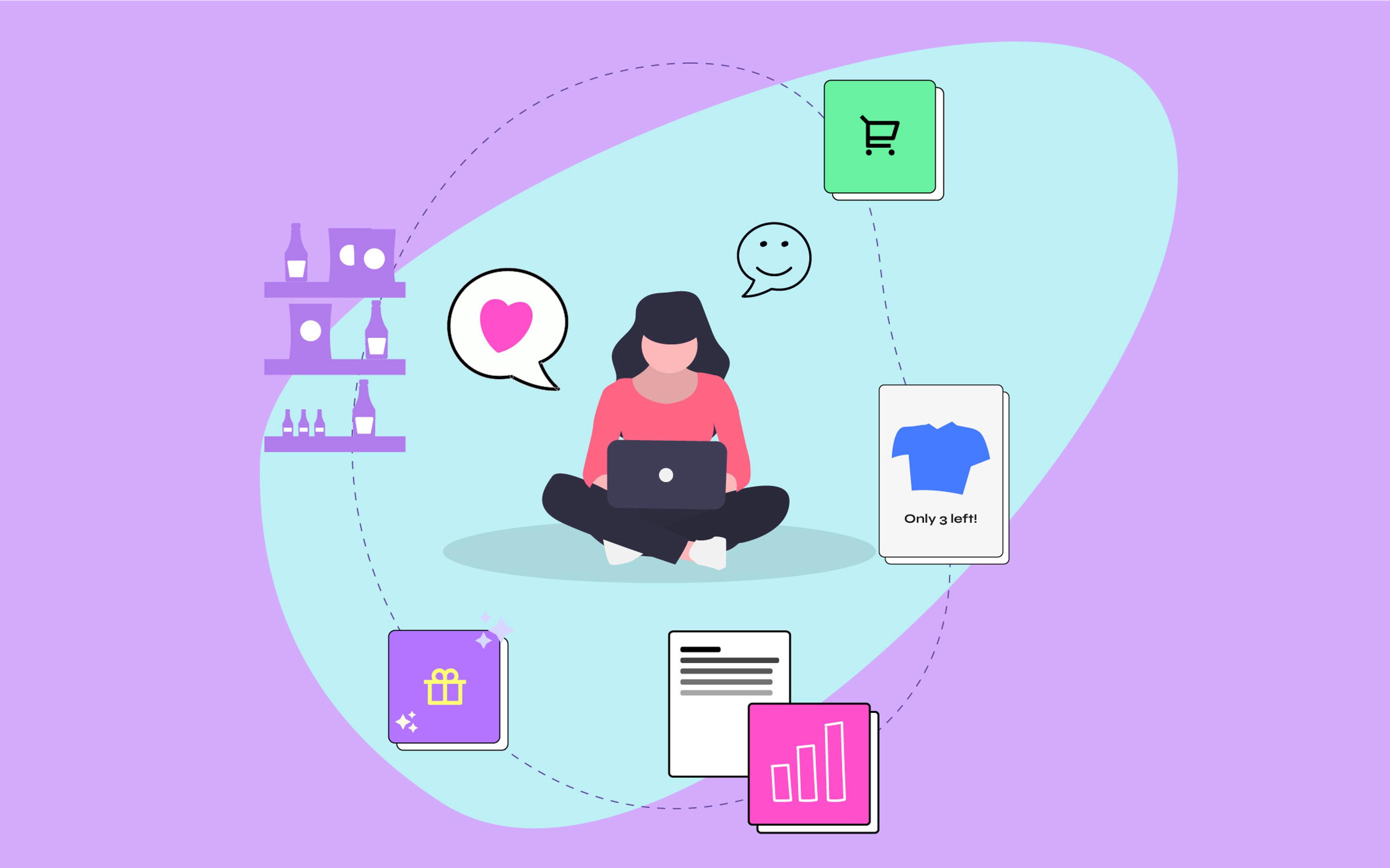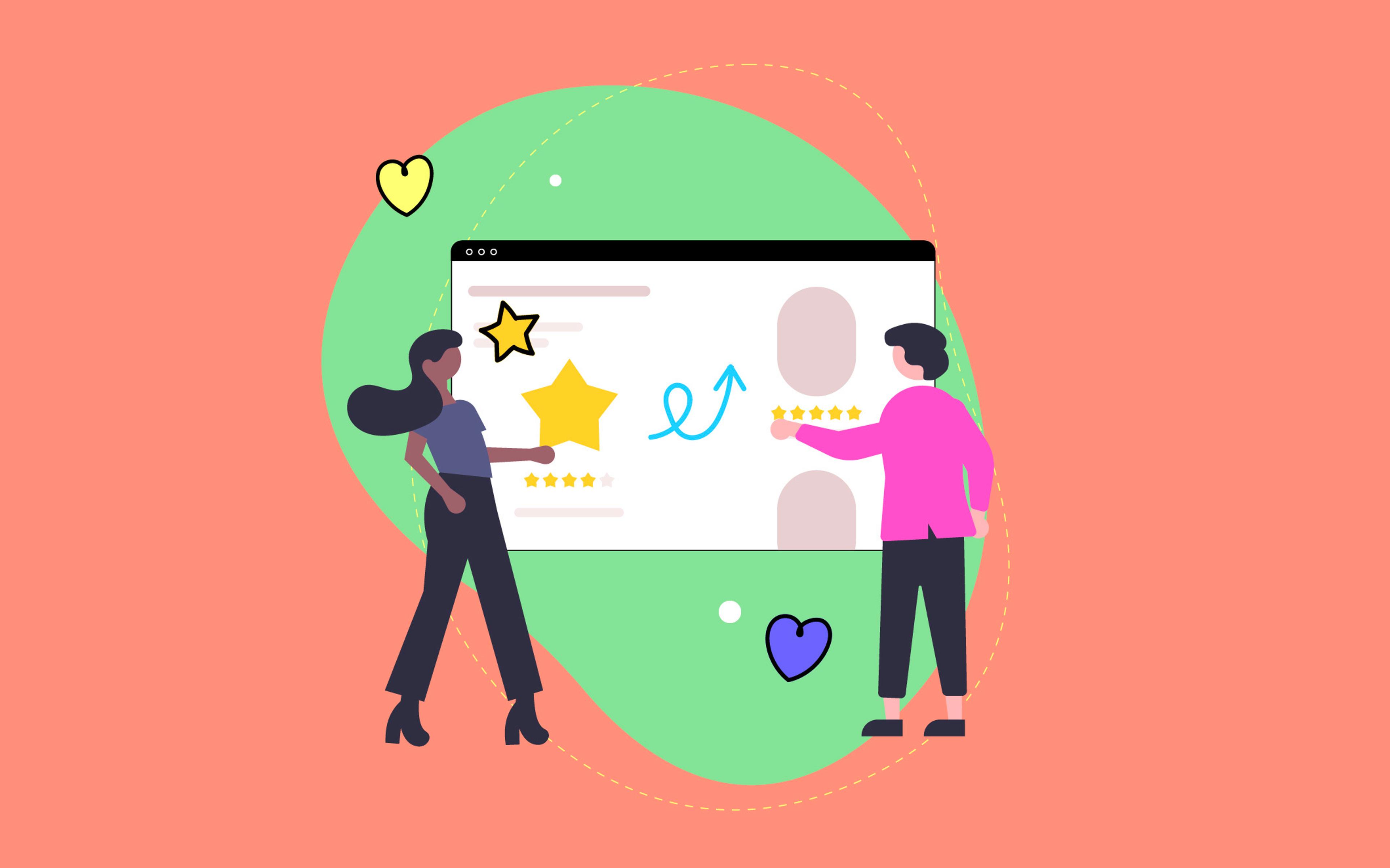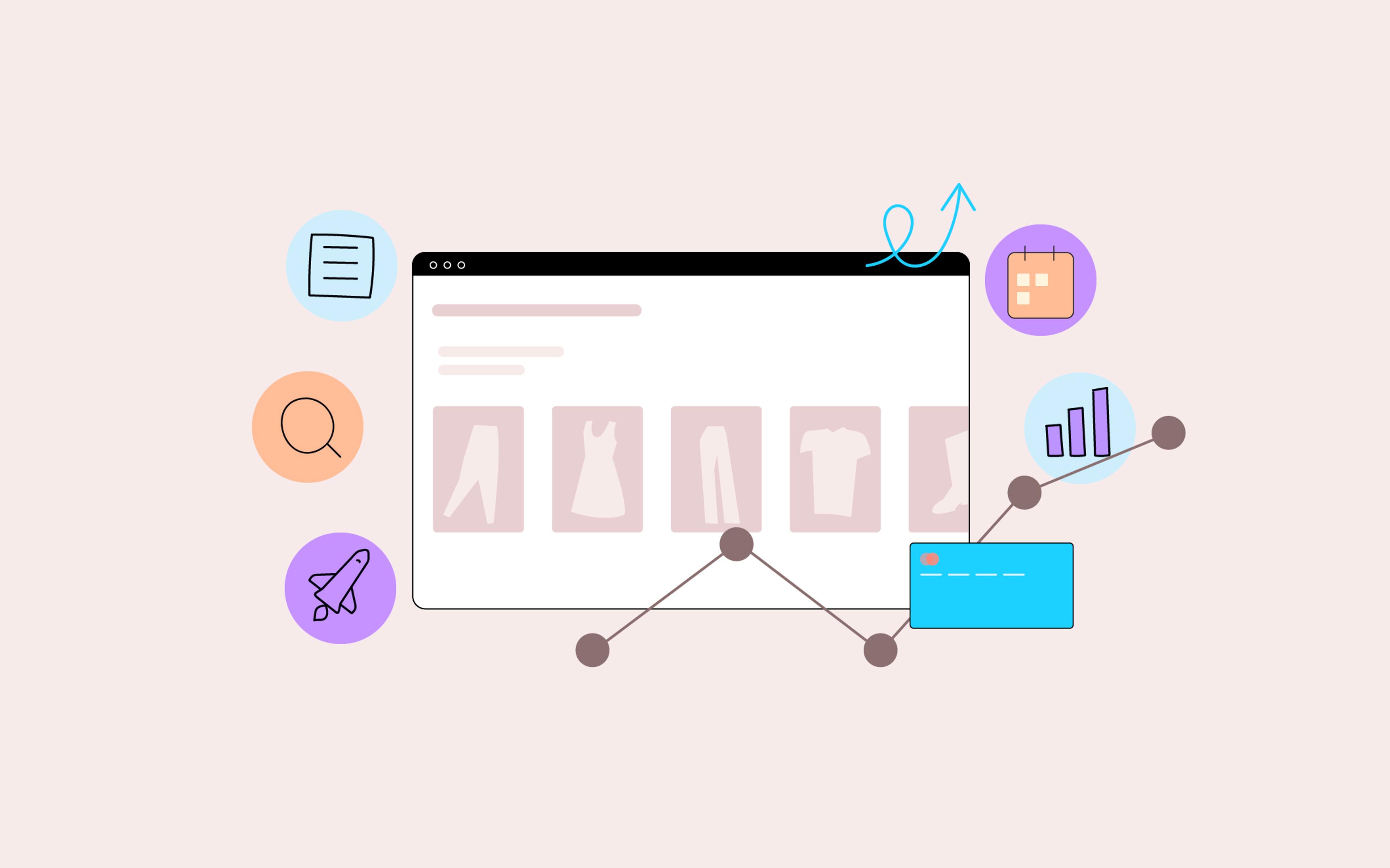In our previous article, we established why customer experience has become a critical differentiator in today's challenging e-commerce landscape.
In our work at Nebulab, we've seen firsthand how CX can help brands stand out in increasingly competitive markets. We've begun to call this approach "Experience-Led Commerce" (XLC)–a systemic and systematic process that brands can adopt to leverage customer experience to increase revenue and profit, minimize operational costs, and achieve their strategic objectives.
Experience-Led Commerce was designed to accomplish two goals:
- It helps brands decouple their value proposition from product and pricing alone, allowing them to escape the race to the bottom ignited by price comparison and use their customer experience as a competitive differentiator, which reduces Customer Acquisition Costs (CAC) by minimizing a brand's reliance on aggressive discounting and other promotional tactics.
- It helps brands maximize the impact of their performance marketing activities. Once your acquisition funnel brings customers to your website, a superior experience ensures they convert at higher rates and return more frequently, creating a virtuous cycle that increases Customer Lifetime Value (CLV) and improves profit margins.
In this series, we are gradually unveiling the entire XLC process—from collecting qualitative and quantitative data about your customer experience, to synthesizing the data to extract actionable insights, to building an insight-informed CX roadmap that delivers measurable, sustainable, and repeatable brand growth.
The first step in that journey is to understand what we mean by "customer experience." In this article, we're going to do just that.
A Structured Framework for E-Commerce CX Analysis
Over the years, the idea of customer experience has been used and abused to serve a wide array of interests. As it often happens, customer experience has become an empty vessel, much to the detriment of vendors genuinely interested in pushing the space forward and brands looking to develop a comprehensive CX strategy.
While the CX universe is vast and nuanced, building a shared understanding is possible, and it starts with unpacking the three core dimensions of customer experience. Rather than starting with rigid customer personas, which often become overly theoretical or fluid in practice, our framework focuses on the actual touchpoints, motivations, and mechanisms that directly shape how real customers interact with your brand.
1. When: The Purchase Journey
A brand's purchase journey unfolds over time across five key phases: Awareness, Discovery, Consideration, Conversion, and Retention. Each phase comprises multiple touchpoints where customers interact with your brand:
- Awareness: The customer becomes aware of your brand through ad campaigns, retail displays, word of mouth, PR coverage, social media, industry events, or organic search.
- Discovery: The customer actively explores your offerings through browsing (online or in-store), product demonstrations, catalog review, content marketing, store visits, or marketplaces.
- Consideration: The customer evaluates options by reading reviews, consulting with sales associates, examining product specifications, requesting samples, comparing alternatives, or seeking advice from their network.
- Conversion: The customer makes a purchase decision, whether through an in-store transaction, online checkout, through a distributor, or via a wholesale order.
- Retention: The customer maintains a relationship with your brand through product usage, service interactions, loyalty programs, subscriptions, community participation, or advocacy.
Each touchpoint represents an opportunity to strengthen or weaken a brand's relationship with customers. By mapping these interactions (e.g., through User Journey Mapping), brands can identify the moments that matter most and invest resources where they deliver the highest ROI.
2. Where: The Sales Channels
Customer experiences happen across multiple channels in today's omnichannel reality:
- Owned digital: Desktop and mobile sites, native mobile apps with specialized features like AR try-on or barcode scanning, social commerce integrations on Instagram or Facebook, and increasingly, livestream shopping events.
- Third-party digital: Marketplace storefronts on Amazon, eBay, or Etsy, comparison shopping engines like Google Shopping, affiliate marketing partnerships, social media marketplaces, and specialized vertical marketplaces relevant to your industry.
- Owned physical: Flagship stores designed as brand showcases, smaller format concept stores, pop-up experiences tied to product launches or seasonal themes, showrooms focused on product education rather than inventory, and other brand activation events.
- Third-party physical: Department store concessions or shop-in-shops, specialty retailers carrying your products, wholesale distribution through boutiques, strategic retail partnerships, and temporary collaborative spaces with complementary brands.
Different customers might prefer different channels, and their expectations can vary significantly by context. For instance, a customer might expect comprehensive product information when shopping on your website, but prioritize speed and convenience when shopping at a grocery store.
The most successful brands understand what channels deliver the highest profit margins at different stages of their purchase journey, what incremental value each channel brings to the table, and how to optimize the sales channel mix accordingly—all while ensuring a consistent brand experience across all touchpoints.
3. Why: The Customer Motivations
Understanding why customers engage with your brand at different stages and in different channels reveals the deeper motivations driving their behavior.
These motivations operate at three distinct levels:
- Economic motivations (rational/financial): Customers seeking value, savings, and financial optimization. These pragmatic concerns are typically top-of-mind during economic uncertainty or in highly competitive categories where price comparisons are easy.
- Functional motivations (practical/operational): Here, customers focus on problem-solving, convenience, and utility. They ask: "Does this product or service efficiently solve my problem?" Functional excellence is particularly important for repeat purchases and utilitarian categories.
- Aspirational motivations (identity/values): The most powerful drivers involve self-expression, status, community belonging, and personal values like sustainability or innovation. When satisfied effectively, these emotional and identity-based motivations create the strongest brand loyalty and highest customer lifetime value.
It's crucial to recognize that customer motivations are fluid and contextual, which is why they warrant their own dimension.
A customer might be functionally driven when purchasing running shoes from a brand for the first time, but then develop economic drivers when they engage with the brand's recycling program, or aspirational drivers once they enter the brand's customers-only local running club. Understanding these motivational shifts allows brands to design experiences that respond appropriately to the same customer's different purchasing contexts.
While brands will typically lean more towards one or two of these drivers, depending on their category and positioning, the most compelling customer experiences address motivations at all three levels in a way that reinforces the brand's competitive differentiation.
Aligning the Three Dimensions for Business Growth
Understanding your brand's customer experience across these three dimensions provides a comprehensive view of your current state. This framework intentionally avoids rigid customer personas in favor of focusing directly on interactions, channels, and motivations—the elements that shape experience in real time for real customers.
The real challenge—and opportunity—lies in understanding the current state of your customer experience across these three dimensions and then aligning them so that the result resonates with your target audience, regardless of where they are in their journey, which channel they choose to engage with, and what is driving their decisions.
Our clients who have successfully implemented this framework have seen impressive results:
- Reduced acquisition costs by creating more memorable and shareable experiences
- Increased conversion rates by aligning experiences with customer motivations
- Higher average order values through better cross-channel experience integration
- Improved customer retention leading to stronger Customer Lifetime Value metrics
How to achieve these results is the topic of our next article. Stay tuned!



